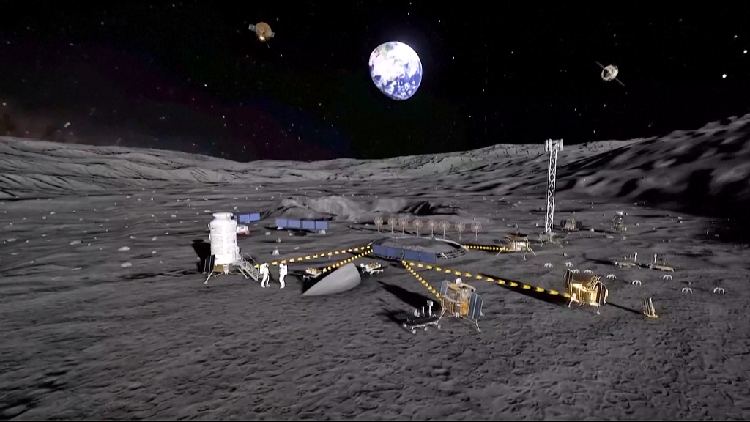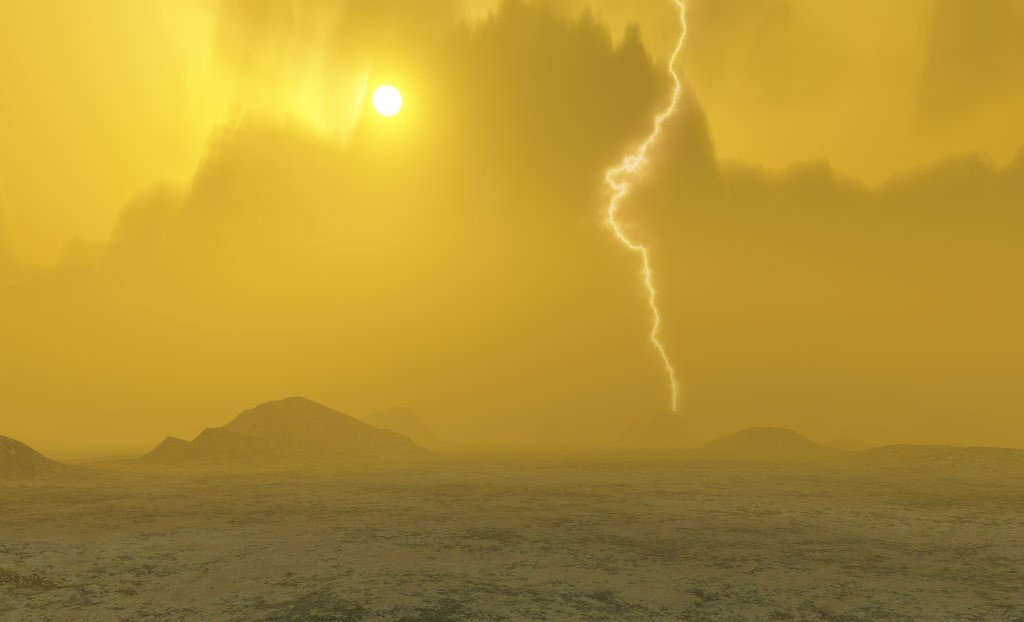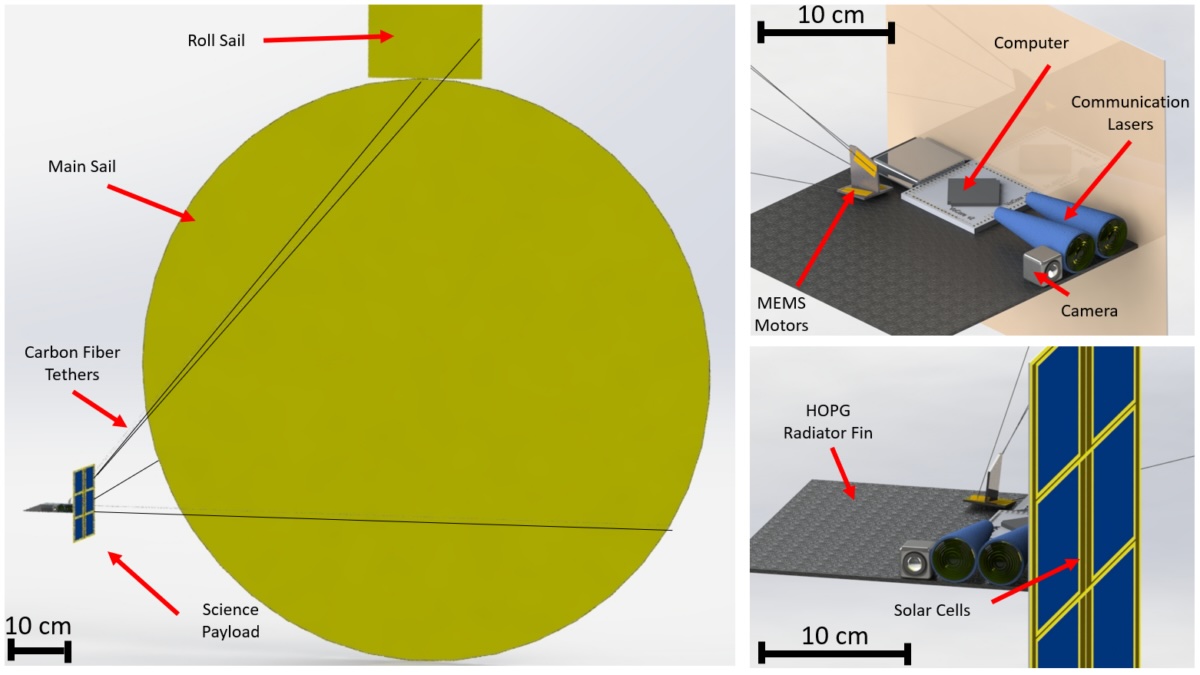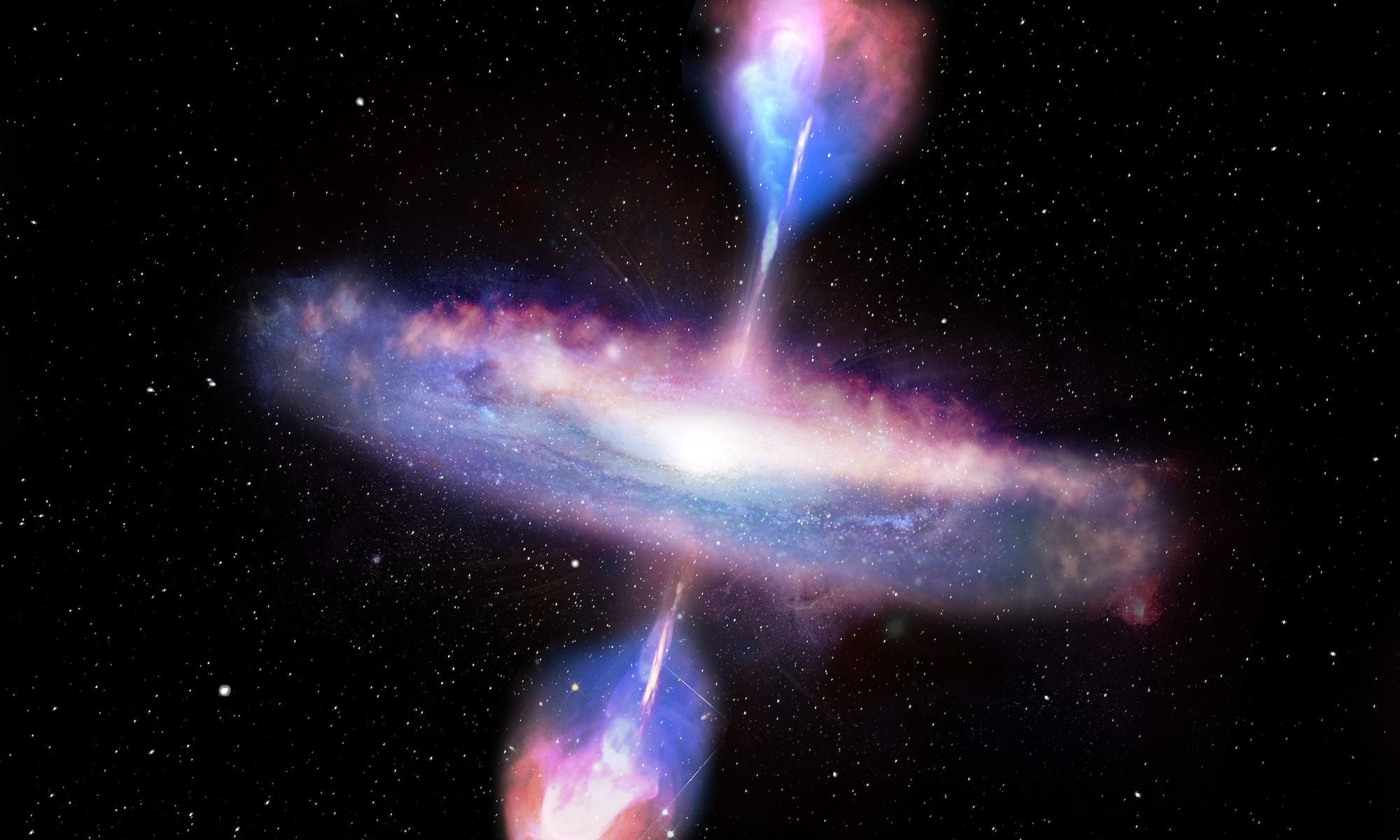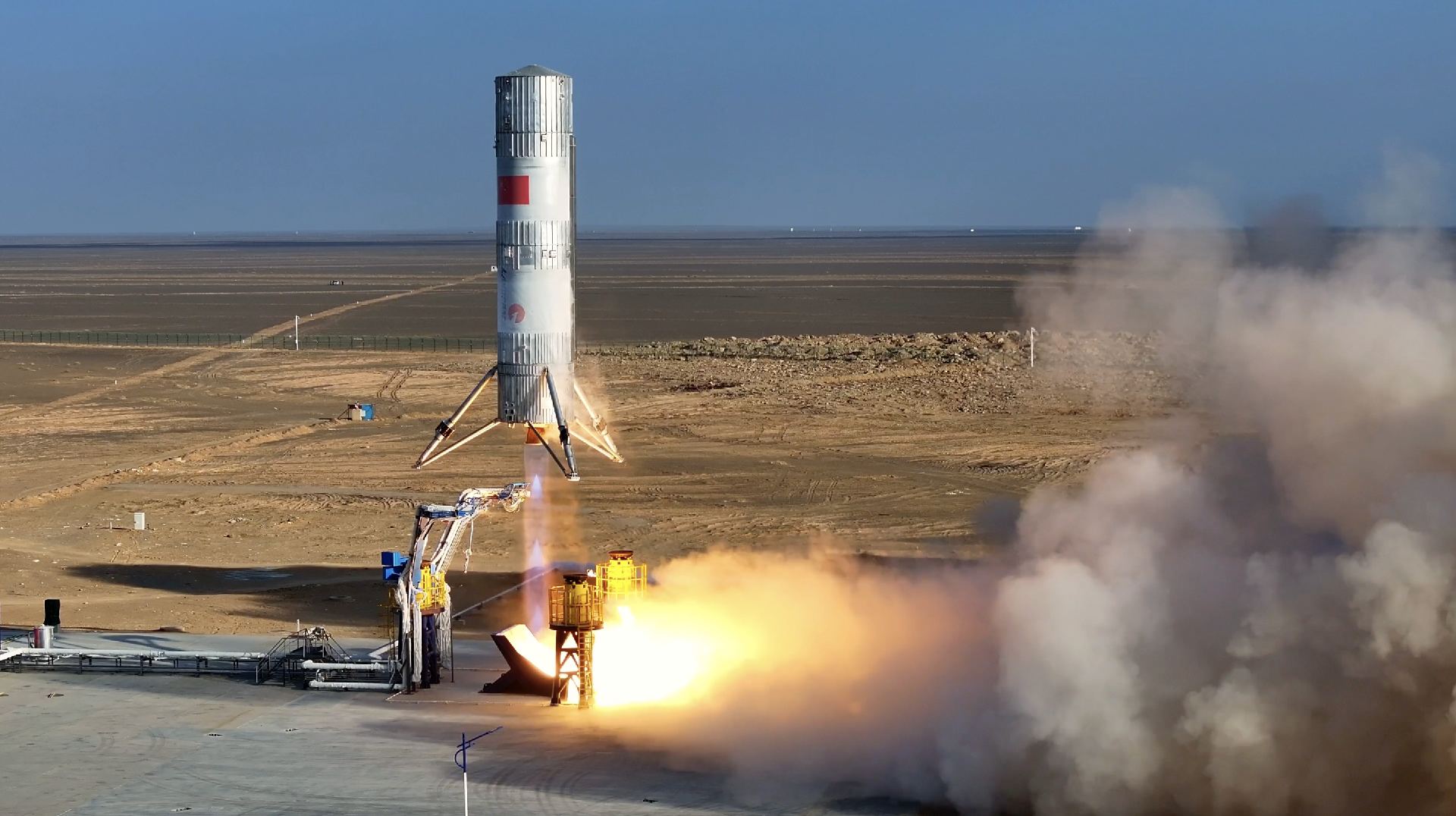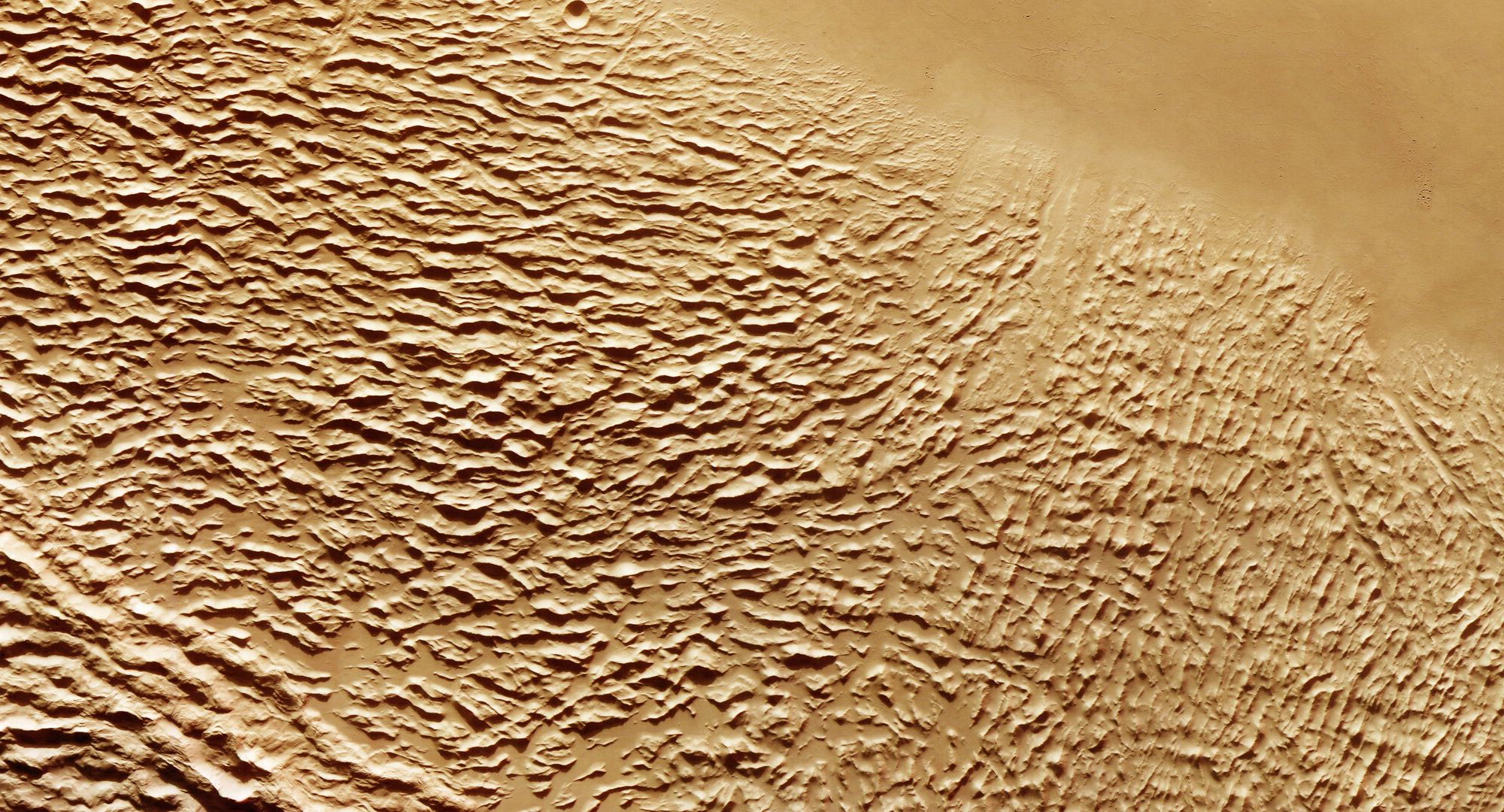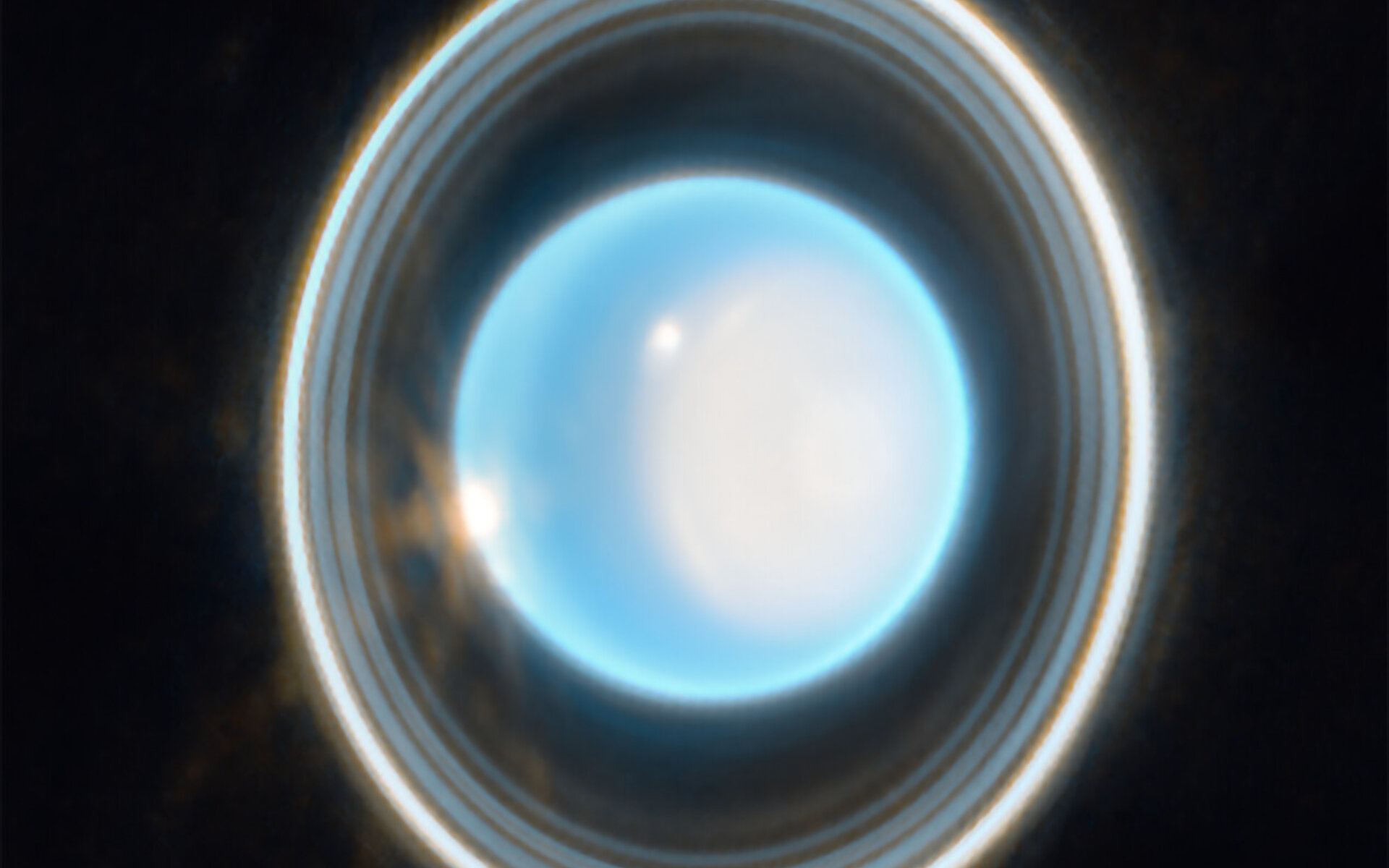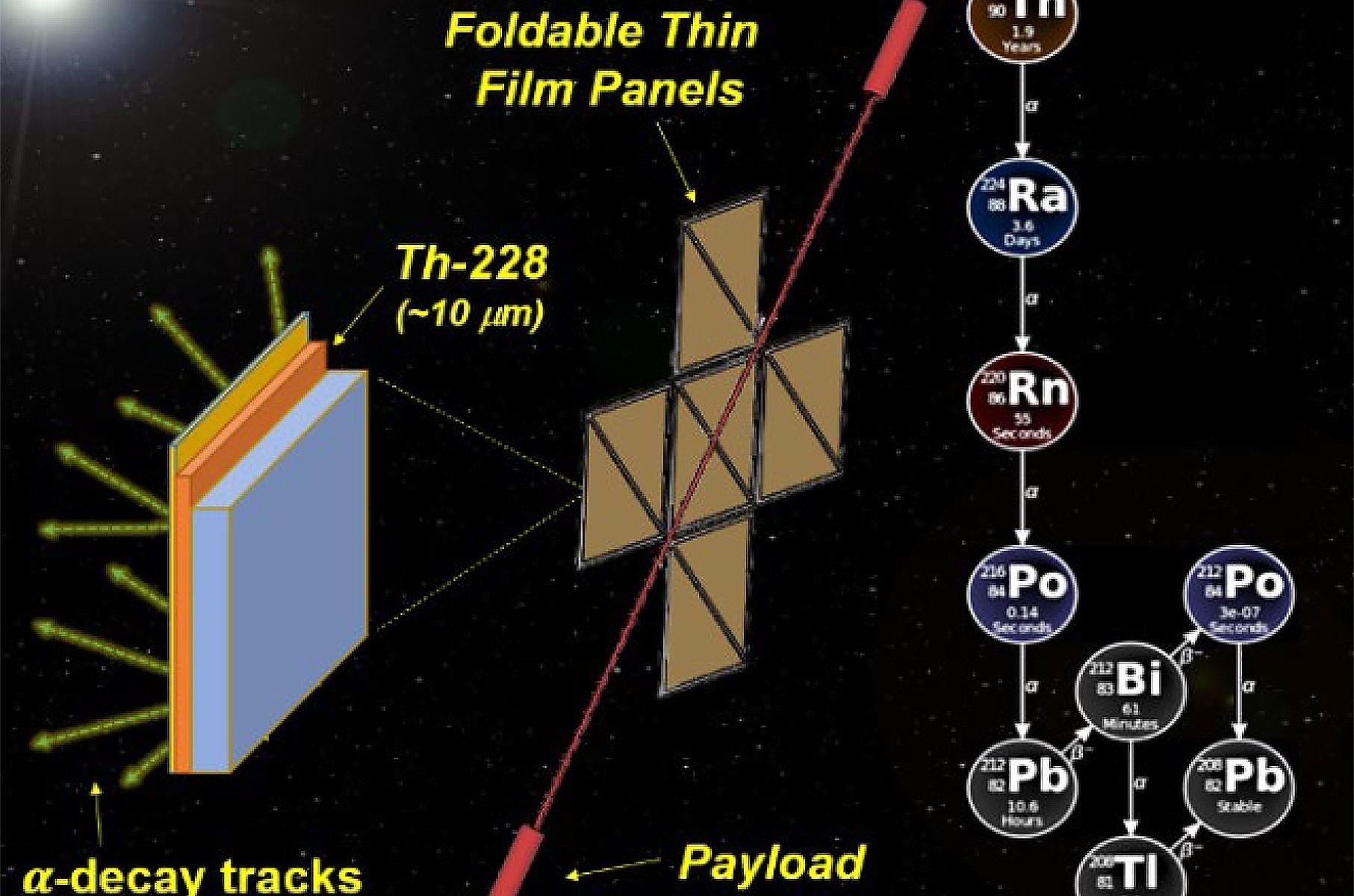In November 2023, the monster iceberg A23e finally dislodged from the seafloor after being grounded and stuck there for 40 years. A series of recent satellite images show that the mighty iceberg is now heading away from Antarctic waters, seeking fame and fortune in the high seas. A23a measures 4,000 sq kilometers in area and is over 280 meters thick, and is currently the world’s largest iceberg. Its first path will follow the Antarctic Circumpolar Current, heading towards South America.
Tiny Elephant Island, an ice-covered, mountainous island off the coast of Antarctica seen in the image above, has an area of only 215 sq km.
Continue reading “The World's Largest Iceberg Sets Sail for Adventure Beyond Antarctic Waters”

